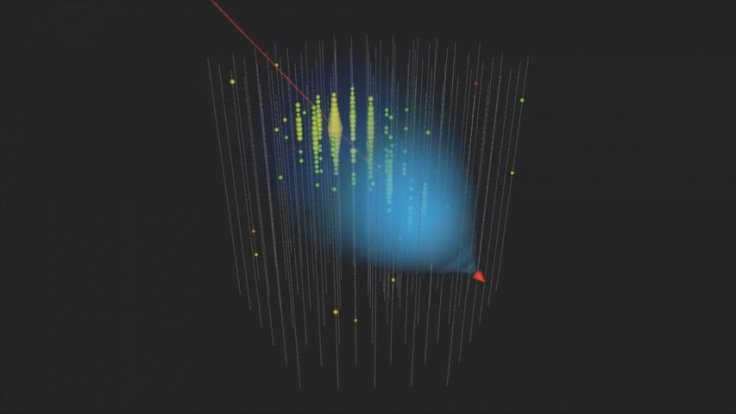
In a milestone development, a team of scientists at the University of Cambridge has invented a new method to create an unlimited source of renewable energy. The new study report published in the latest edition of journal Nature Energy reveals that a technique named 'semi-artificial photosynthesis' could eventually create an unlimited source of energy.
Semi-artificial photosynthesis: The new energy solution
Even though artificial photosynthesis has been around for more than a decade, scientists until now, haven't been able to develop it on a large scale, especially to meet industrial needs. It should be also noted that artificial photosynthesis could not materialize without the use of polluting devices.
But in the case of 'semi-artificial photosynthesis', things are different, and this method is a blend of manmade technologies and biological process. This method aims to mimic the natural process in a semi-artificial manner, thus splitting water into hydrogen and oxygen.
During the research, a team of scientists led by Katarzyna Sokól focused on an enzyme named Hydrogenase commonly found in algae. This enzyme has been dormant for millions, and it is capable of reducing protons into hydrogen. It should be also noted that Hydrogenase is also capable of drastically increasing the amount of energy produced and stored.
"Hydrogenase is an enzyme present in algae that is capable of reducing protons into hydrogen. During evolution, this process has been deactivated because it wasn't necessary for survival but we successfully managed to bypass the inactivity to achieve the reaction we wanted — splitting water into hydrogen and oxygen," said Katarzyna Sokól, New York Post reports.
A solution to space travel?
Katarzyna Sokól also added that this new innovation will bring about revolutions in the world of producing renewable energy, especially in this era where energy sources are depleting. Some experts believe that this new technique of producing renewable energy will also benefit astronauts while space travelling. The major challenge faced by space agencies during deep space travel is the lack of energy needed to fuel spacecraft, and advancements in this method may solve this problem.
Earlier this year, a team of researchers at the Stanford University had discovered the possibility of using nanotechnology in solar cells which will reduce the cost of energy production and store more solar energy. The invention made by the Stanford researchers received widespread recognition as it can be implemented to reduce the consumption of fossil fuels, thus resulting in less pollution and environmental degradation.









